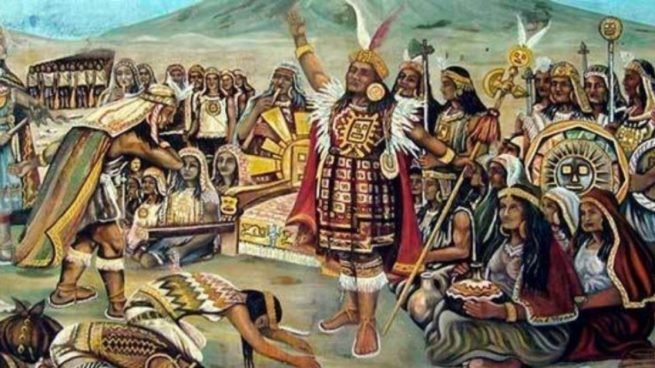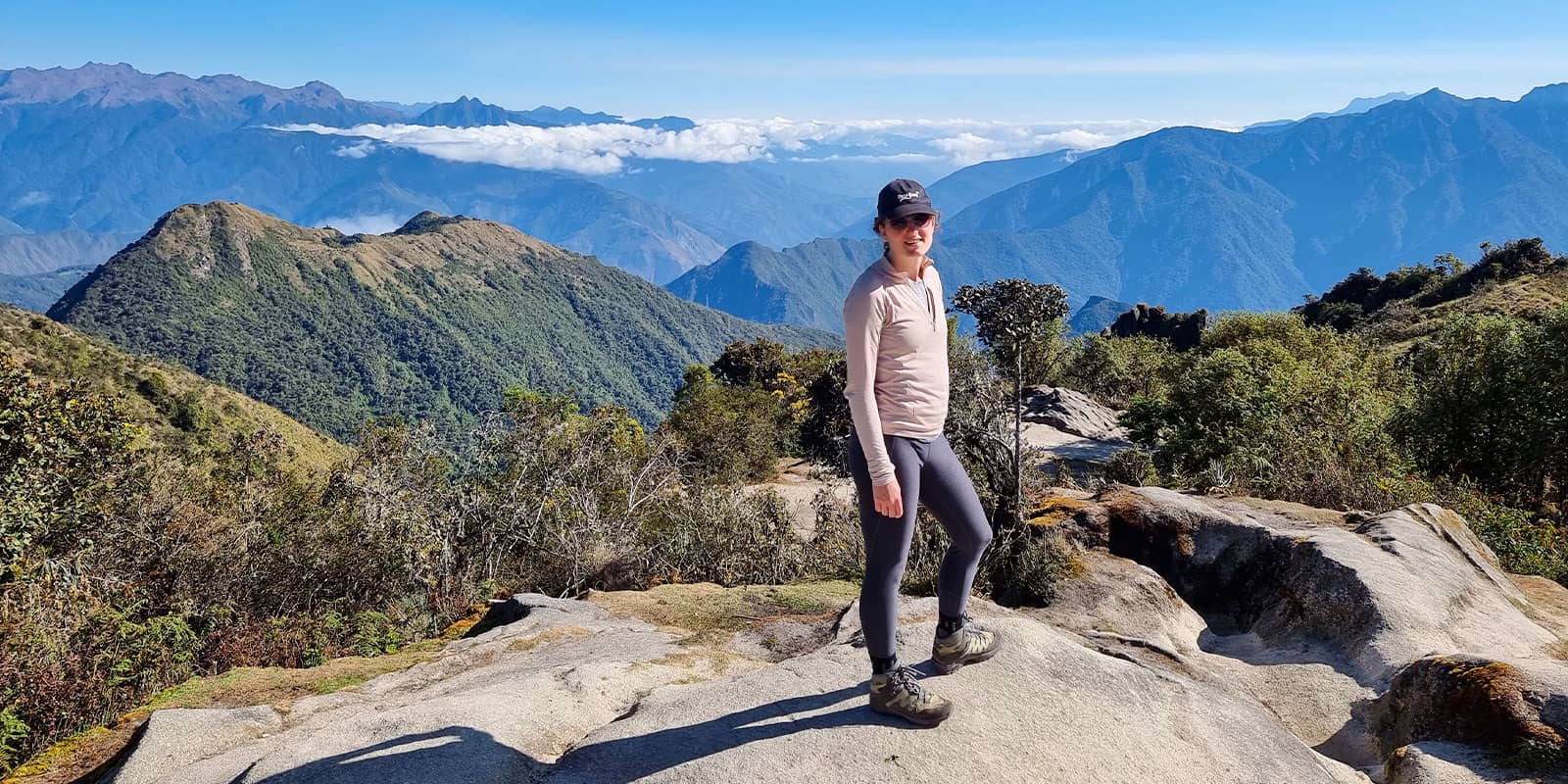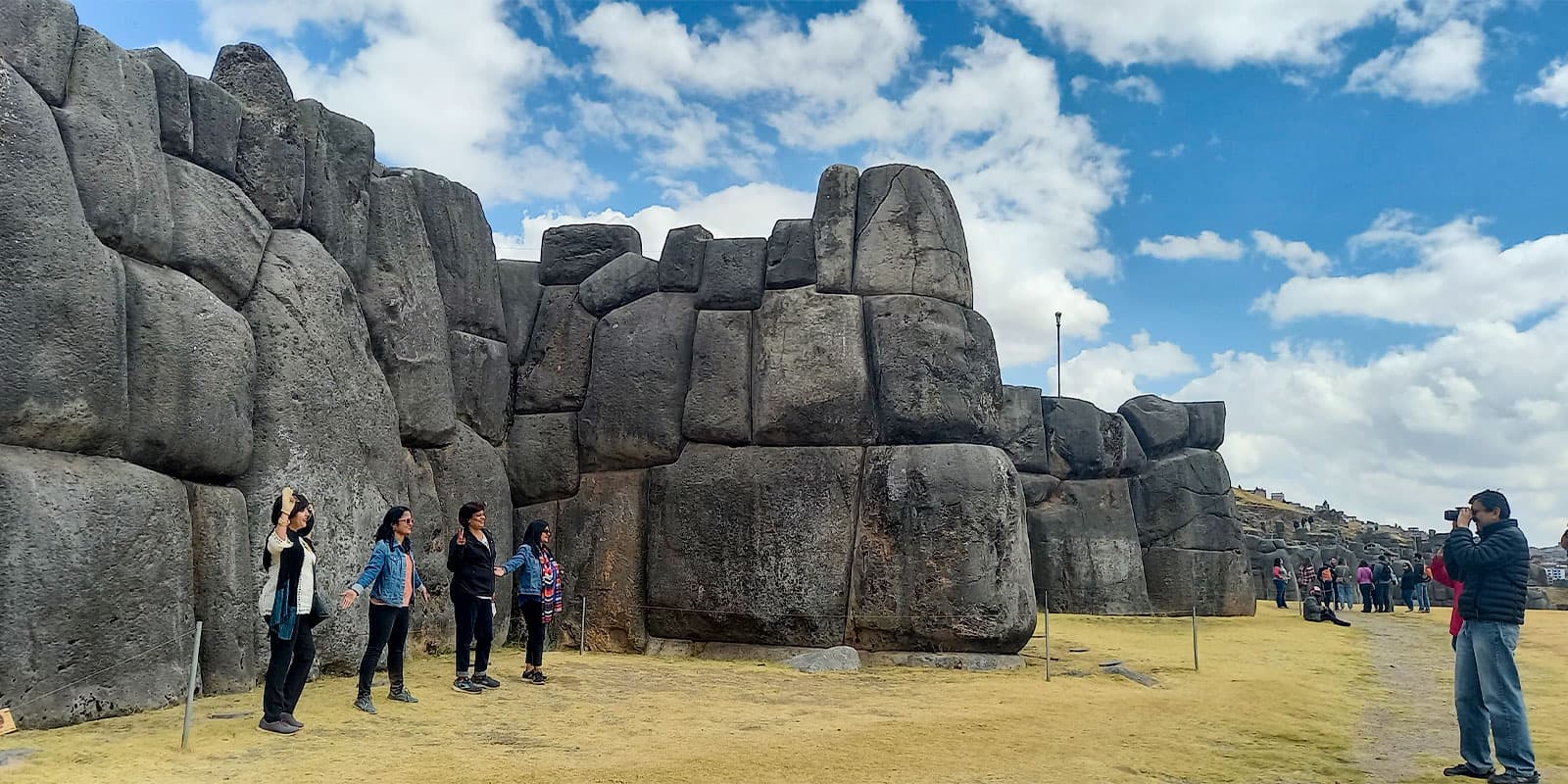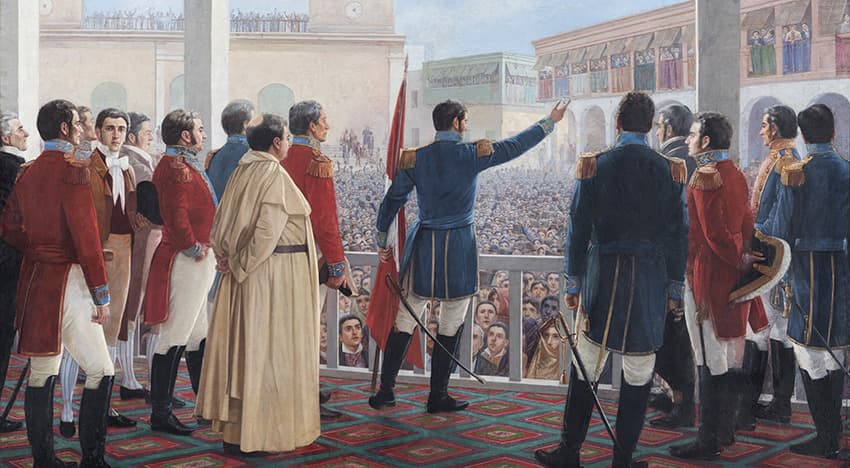History
History of Peru
Peru has a long history of triumphs, defeats, success and an era of great hope and growth. One of the greatest and most advanced civilizations in history, the majestic Inca Empire, reigned from 1438 to 1532. Its greatest leader Pachatec has been likened to other great emperors like Alexander the Great of Macedonia or Julius Caesar of the Roman Empire. Next, was the downfall of the Inca Empire with the arrival on the Spanish Conquest between 1532 and 1572. This era was rife with disease, territorial wars, destruction of Incan architecture and restructuring the local’s way of life and religious beliefs.
The Viceroyalty of Peru (1542-1824) saw the last resistance of the Inca Empire coming to a brutal and public end. The legacy of the legendary Tupac Amaru was born, with his death seen as a symbol of power by the Peruvian community. Peruvians fought for independence from 1811 to 1824, which was finally declared by Argentinian San Martin in August of 1921. The 28th of July is the formal Independence Day and the 29th of July is also a holiday marking the day they officially became a Republic. After over a century in different wars, Peru is now on path to growth and rebuilding. Like many developing countries, they have been badly affected by the economical devastation of the covid pandemic and the Russian war, but they continue to be the resistant people they have always been, steadily rebuilding and stabilizing their economy.
Pre-Columbian Cultures – The Norte civilization
The oldest civilization in the Americas was found around 6 000 BC found in Circa and Paracas, they moved from a nomadic lifestyle that was the norm in ancient times and started building settlements. The first known city is Caral in the Supe Valley 200km north of Lima. Archeologists believe it was constructed around 2500BC. They built pyramid like structures and domesticated Llamas, Alpacas and Guinea pigs. They started cultivating corn and cotton.
Inca Empire (1438-1532)

The Inca Empire originated from a small tribe in Cusco. They built the largest and most advanced empire and dynasty in Pre-Columbian America. It was at its largest in the 16th Century, including parts of Ecuador, Colombia, Northern Chile, Northwest Argentina, Bolivia, Amazonian Forest and main territory of Cusco. The leader of the Empire was called Tahuantinsuyo by his subjects. They established Cusco as their capital and constructed it to look like a Puma.
Pachatec was not the first ruler of the Incas, but he was their greatest warrior and leader, extending the boundaries of a relatively small Inca state, giving rise to the formidable Inca Empire. His children took over after his death, extending even further through violent and peaceful means. Their official language was Quechua. They did however let their territories keep their customs and religious beliefs, as long as they worshipped Inti (The Sun God) as most important God.
They started building road networks, connecting many Inca cities. The most famous road network known is the Inca Trail, which leads to the sacred city of Machu Picchu. Inca architecture is a world marvel. They used no mortar, had limited building tools, yet their structures still remain intact. The structures survived major earthquakes, that flattened most cities, the only damage present seems to have been inflicted during their battles with the Spaniards. The used huge stone, boulders in the case of Sacsayhuaman (a military fort just outside Cusco), it remains a mystery as to how they managed to smooth, shape and place these gigantic stone on top of one another. The stones were not native, so they had to transported for long distance. There are many tours available, that share the history of the great Incas, their structures still remain and are well preserved for future generations.
Spanish Conquest (1532-1572)

Francisco Pizarro and his brothers arrived in Cusco, searching for this great Kingdom they had heard about, with the intention to conquer it. On arrival they called it Peru, a hybrid Spanish word. Between the 1524-1526, the Spanish conquerors introduced the small pox, the locals had no immunity from this disease and it swept through the Empire killing millions of people. The disease caused the death of Inca Ruler at the time Huayna Capac, most of his family and aires. It started the fall of the Empires political structures and led to a civil war between brothers Atahualpa and Huascar. After Atahualpa emerged victorious, the Spanish initiated a coup, trialed and executed Atahualpa for the death of his brother. They took over Cusco as a Spanish colonial settlement in March 1534 and built churches over Inca temples (example: Koricancha).
The Spanish founded Lima in January of 1535. They continued on their colonization process by converting locals to Christinaity. The Spanish also had a number of conflicts among themselves, but never lost sight of their main goal of taking over the Inca state. They managed to decrease the population from a staggering 12 million inhabitants, to just over 1 million. Cities were given Spanish Christian names, rebuilt to have a main plaza (Plaza De Armas) in the center and a cathedral.
 04 Days
04 Days
Luxury Inca Trail 4D/3N
04 Days From $2997 PP
 1 Day
1 Day
City Tour in Cusco
1 Day From $150 PP
Viceroyalty (1542-1824)
This is end of an era, the demise and final nail in the coffin to one of the greatest Empires to ever exist. The last resisting Neo-Inca State was located in Vilcabamba. The Incas kept fleeing further south towards the dense Jungle. Vilcabamba is located a considerable distance from the city of Cusco is rarely visited today. Another structured that could have been another possible last site of the Incas is the massive site of Choquequiroa. It´s 3 times the size of Machu Picchu, at the edge of Cusco and the Amazon Jungle. The last battle was fought in archeological site of Ollayantaytambo in 1537. It is not known why The Incas abandoned Machu Picchu there are many theories as to why, non confirmed. The Spanish never even knew of its existence until it was rediscovered by Hiram Bingham in 1911.
Tupac Amaru the last Sapa Inca, the final remaining part of the Inca Empire was assassinated in September of 1552. He was hung in front of the Cathedral of Santo Domingo, in front of thousands of wailing people. The death of Tupac Amaru has become a symbol of power, strength and defiance to the Peruvian people. You will find many things around the country named after him.
Fight for independence (1811-1824)
The uprising was led by Jose De San Martin from Argentina and Simon Bolivar of Venezuela and financed by Chile. San Martin declared Peruvian independence in August of 1824. Bolivar declared himself dictator of Peru in February 1824. 28 July is the formal Independence Day, celebrating the liberation of Peru. On the 29th Of July Peru was declared a republic.

Modern Peru
Unfortunately, after independence, Peru was involved in many territorial wars with its neighbors and Spain did not relinquish power easily. After more than a century of wars, Peru finally established a democracy ran by a candidate of their own choosing. Peru, like most developing countries continues on a path to slow, but steady rebuilding, especially after the world economic devastation brought on by the Covid pandemic and the Russia/Ukraine war.